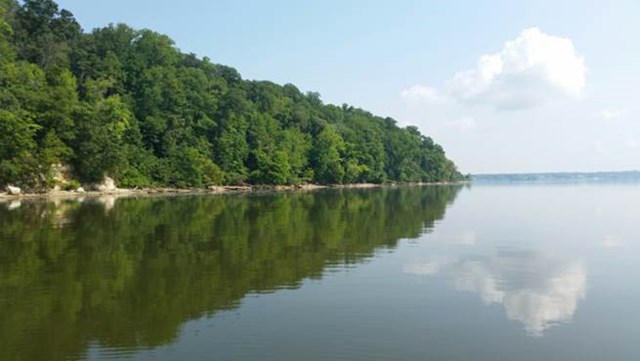The region’s huge investments in improving wastewater treatment have yielded significant progress, such as improved water quality in the Potomac River. For example, dramatic decreases in the amount of nitrogen and phosphorus discharged by wastewater treatment plants (WWTPs) have led to a decline in harmful algal blooms in the upper Potomac estuary and a rebound in plants and animals that live in this portion of the river, such as submerged aquatic vegetation and American shad.
To assess how effectively investments in wastewater treatment and stormwater management infrastructure are working, COG analyzes water quality in the Potomac River in support of the region’s local governments and water utilities that operate WWTPs and manage stormwater programs. COG support includes coordinating with state and local governments, universities, and scientists from around the region to monitor and provide up-to-date information that is relevant to the Potomac River. All of this technical work is regularly presented to the Water Resources Technical Committee (WRTC), and some of the associated analysis is outlined below.
Regional Potomac Water Quality Factsheets
COG prepared a Potomac Water Quality Factsheet entitled Potomac Water Quality in the Washington Region noting the many significant improvements in overall water quality and some living resources - due primarily to the significant investments by at the region’s WWTPs, as well as ongoing challenges due to continued growth in the region, and the need to address increased stormwater issues.

Gunston Cove, Fairfax Virginia